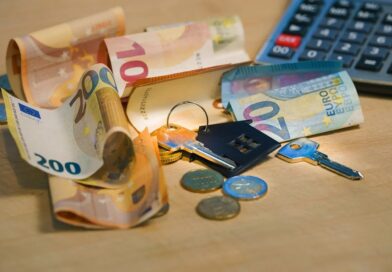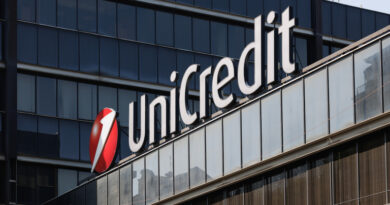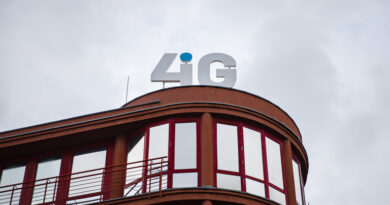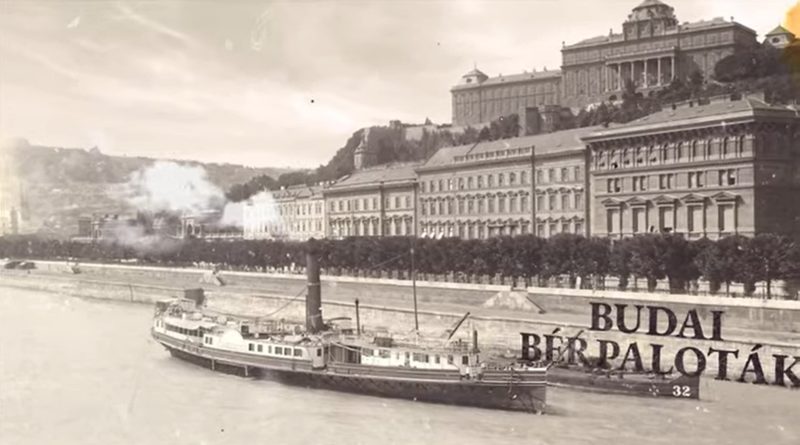Despite of uncertain environment investors’ appetite grew in the European investment markets
European commercial real estate investment turnover reached €23.5 billion in the second quarter (Q2) of 2010, a 15% increase on the €20.3 billion transacted in the first three months of 2010, according to the latest data from CB Richard Ellis (CBRE).
Investment turnover rose despite the stress factors emerging in the broader capital markets, such as the sovereign debt crisis and the introduction of austerity measures by many European governments. Central and Eastern European (CEE) commercial real estate investment turnover reached €1.7 billion in the first half (H1) of 2010, a 190% increase compared to activity levels recorded in H1 2009.
Investors continue to predominantly focus on the core assets, predominantly at the prime end of the market, with the largest, most liquid markets seeing the most activity. As property investors’ concerns over issues of sovereign debt grew during Q2 2010, the flight to quality seems to have intensified even further. Q2 2010 investment activity remained concentrated in the UK, Germany and France, which together accounted for 62% of the European investment total. France saw the highest growth of the three markets, with a quarter-on-quarter increase of 46%. The UK market saw an increase of 24% in investment activity in Q2 2010.
Of the 27 markets covered, some of the smaller European countries, such as Austria, Ireland and Czech Republic, reported the highest quarterly increases, albeit from a very low base. Poland and the Nordic region – Sweden in particular – are starting to emerge as a focus of strong investor demand.
Of the €1.7 billion transacted in H1 2010, German Open-ended Funds (GOEFs) have accounted for €300 million, or 17%, of CEE investment so far this year. Apart from interest from GOEFs, some other market players are showing increased activity as well. CA Immo, one of Austria’s largest listed property companies, announced the takeover of the Europolis portfolio. The reported value of the portfolio is around €1.5 billion and is spread across the CEE region. The closure of this transaction is expected in early 2011.
Continuing the trend seen in Western Europe in recent months, yields in CEE have come under downward pressure. Some markets registered compression in prime shopping centre yields in Q1 2010 on the back of increased confidence in retail investment products in CEE. The office market followed in Q2 2010, with prime yield compression in many markets. The yield gap between prime asset classes has remained mostly unchanged. Prime pricing is at similar levels for offices and shopping centres, while prime industrial assets generally have yields 150-200 bps higher. Geographically, CEE H1 2010 investment activity was concentrated in Poland, the Czech Republic and Russia; however – unlike in Western Europe – mainly outside the prime segment.
Central European markets seem to have left the worst of the downturn behind. Changes in prime yields are positively influencing capital values in this part of CEE. Capital values grew even more in Eastern European cities in Q2 2010, compared to the previous quarter, because the compression in prime yields was coupled with an increase in prime rents. Conversely, some cities in South-Eastern Europe have seen decreasing prime rents and stable prime yields, resulting in a decline in prime capital values in Q2 2010 compared to the previous quarter.
Tim O’Sullivan, Head of Capital Markets at CBRE Hungary added: “It’s positive to see a 32% increase in investor activity for the CEE Region. We are now beginning to see more positive investor attitude and sentiment towards the region as a whole, which is expected to continue as the year progresses.
































